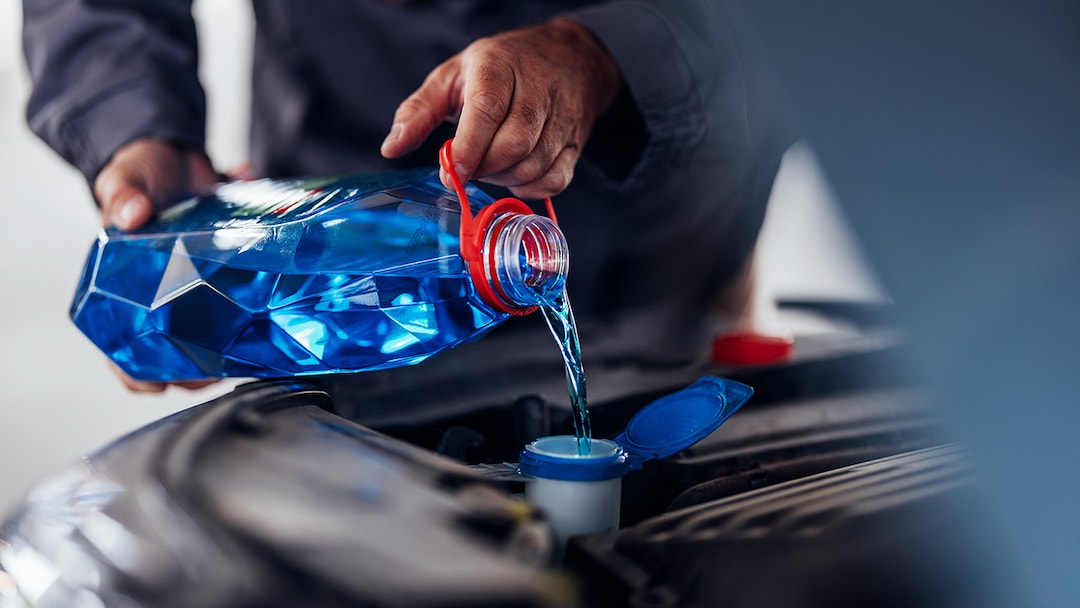What is the difference between coolant and antifreeze?

Quick insights
- Coolant and antifreeze are both liquids that help with regulating your car engine’s temperature, but they differ in how they work and what they’re composed of.
- Coolant helps with reducing excess heat from your car’s engine, while antifreeze is mixed with water or coolant and helps prevent your car from freezing.
- Both coolant and antifreeze should be regularly maintained to help ensure a well-running engine.
As you’re driving, you may not realize that your engine works extremely hard in various conditions, and can be prone to excess heat or cold. That’s why there are fluids in place to help regulate your engine’s temperature, whether you’re in extreme cold or your engine is about to overheat. Antifreeze is a liquid that helps lower the freezing point of your engine. Coolant, on the other hand, is the fluid that helps remove excess heat from the engine.
These two fluids are important for car maintenance but differ in how they work. Let’s review in more detail below.
Is coolant the same thing as antifreeze?
While their names may seem similar in nature, coolant and antifreeze are not the same thing. Coolant is a mix of water and antifreeze while antifreeze is a solution added to water. Though similar, they work on your car differently. Coolant can be used as antifreeze, but antifreeze is not a replacement for coolant.
Note that it’s important to review your car manufacturer's guidelines to understand what’s needed for healthy engine performance.
The differences between coolant and antifreeze
Coolant and antifreeze share some similarities, but differ in a few ways, from their primary function to how they’re used. Let’s review these differences in more detail:
Coolant
- Primary function: Coolant circulates through an engine’s cooling system to remove excess heat and prevent the engine from overheating.
- Composition: Coolant is a mixture of antifreeze (ethylene glycol or propylene glycol) and water. The antifreeze component prevents the coolant from freezing in cold temperatures and boiling in high temperatures, while the water assists with transferring excess heat from your engine.
- Usage: Coolant is what gets poured into your vehicle’s radiator. It can be purchased pre-mixed and ready to use, though there are other forms available that are more concentrated and require diluting.
Antifreeze
- Primary function: Antifreeze is a concentrated liquid additive designed to lower the freezing point and raise the boiling point of the liquid within a vehicle's engine cooling system. This prevents the liquid from freezing in cold temperatures and boiling over in hot conditions. It also helps prevent rust and corrosion.
- Composition: Antifreeze is typically made up of ethylene glycol or propylene glycol, which helps with temperature regulation. Its color may appear green, pink or orange, depending on the composition.
- Usage: Pure antifreeze is not used in cars because it can damage your cooling system. This is why antifreeze is diluted with water, usually in a 50/50 ratio, to create a coolant before being added to the cooling system. At this point, antifreeze will become coolant.
In summary
Both coolant and antifreeze are in your car and serve important roles in managing your engine’s temperature. Regularly checking your coolant and reviewing your car’s owner’s manual can help you make sure you are maintaining your car and engine’s health.



